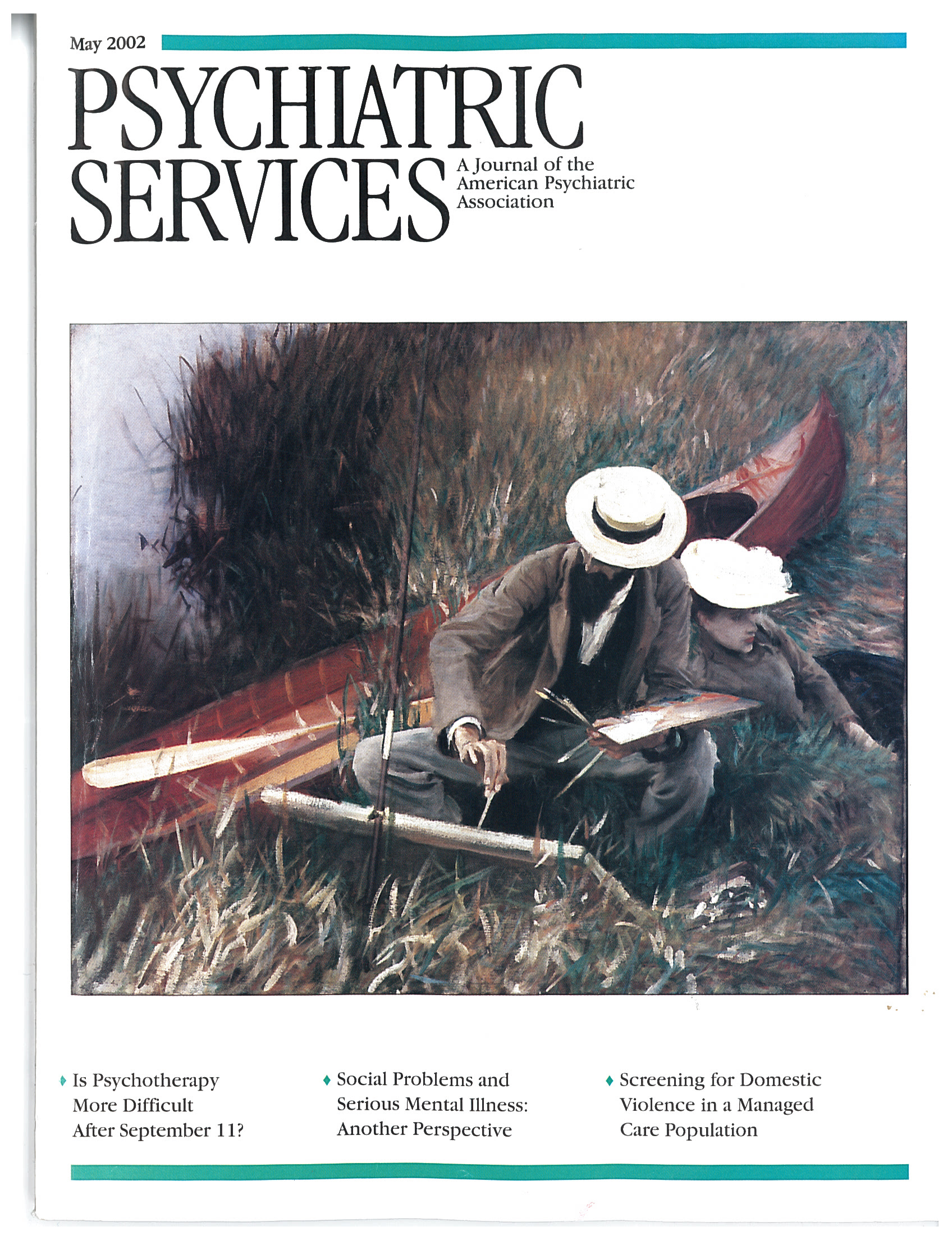Palliative and Aggressive End-of-Life Care for Patients With Dementia
Abstract
OBJECTIVES: The goals of this study were to establish the frequency of palliative and aggressive treatment measures among patients with and without dementia during the last six months of life, to identify relationships between the severity of dementia and aggressive and palliative care, and to determine whether treatment patterns have changed over time. METHODS: Antemortem data for 279 patients with dementia and 24 control patients who were brought for autopsy in chronic care facilities between 1985 and 2000 were reviewed. The severity of dementia was defined by scores on the Clinical Dementia Rating scale. Data on use of systemic antibiotics (designated as an aggressive treatment measure) and on use of narcotic and nonnarcotic pain medications and nasal oxygen (defined as palliative measures) were collected from medical charts. RESULTS: Fifty-three percent of the patients with dementia and 46 percent of those without dementia had received systemic antibiotics. Fourteen percent of the patients with dementia and 38 percent of those without dementia had received narcotic pain medications. The prevalence of aggressive and palliative measures did not vary significantly with the severity of dementia. Eleven percent of the patients with dementia who died between 1991 and 1995 and 18 percent of those who died between 1996 and 2000 had received narcotic pain medications in the last six months of their lives. CONCLUSIONS: Use of systemic antibiotics is prevalent in the treatment of patients with end-stage dementia, despite the limited utility and discomfort associated with the use of these agents. That patients with severe dementia and those with milder cognitive impairment received similar treatment may be contrary to good clinical practice, given the poor prognosis of patients with severe dementia.



